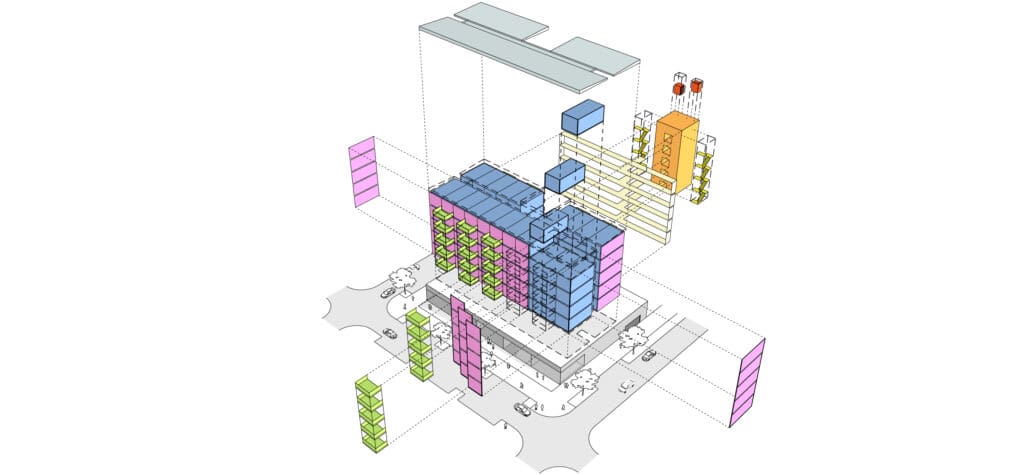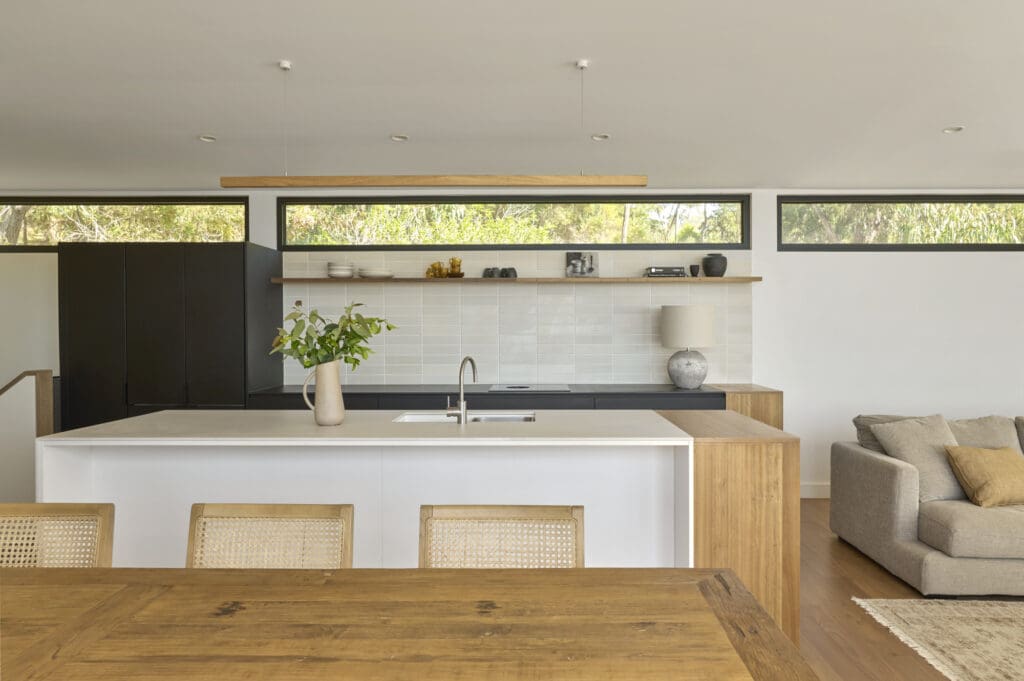- Powering education
A comfortable and safe physical environment is essential for effective learning. This includes well-maintained classrooms with appropriate lighting, ventilation, and temperature control. Prefabricated modules can integrate advanced insulation, efficient HVAC systems, and renewable energy technologies such as solar panels. Gone are the days of the crazy-hot-in-summer/freezing-cold-in-winter ‘portables’ of previous generations. High-performing acoustic panelling and double-glazed windows are used in forward-thinking volumetric modules, standard in any Modscape building. According to a study conducted by the Modular Building Institute, modular construction can reduce energy consumption by up to 67% compared to traditional construction methods. In addition, modular construction generates less construction waste, promoting a greener approach to building schools in Australia.
- Rapid solutions
One of the primary advantages of modular construction is its ability to expedite the construction timeline, which is particularly beneficial in addressing urgent educational needs. According to a report by the Australian Government’s Department of Industry, Science, Energy, and Resources, modular construction projects can be completed up to 50% faster compared to traditional construction methods.
This efficiency is critical for Australian schools facing overcrowded classrooms or rapid population growth, ensuring that students have access to safe and functional learning spaces in a timely manner. In just over 12 months, the design and construction of Jordan Springs Primary School was completed – a record for any Schools Infrastructure New South Wales (SINSW) project. Comprised of 46 modules, the school includes 27 internal learning spaces, six covered outdoor learning spaces (COLAs), a library, learning auditorium, administration spaces, a school hall and plenty of landscaped areas for students to play in.








